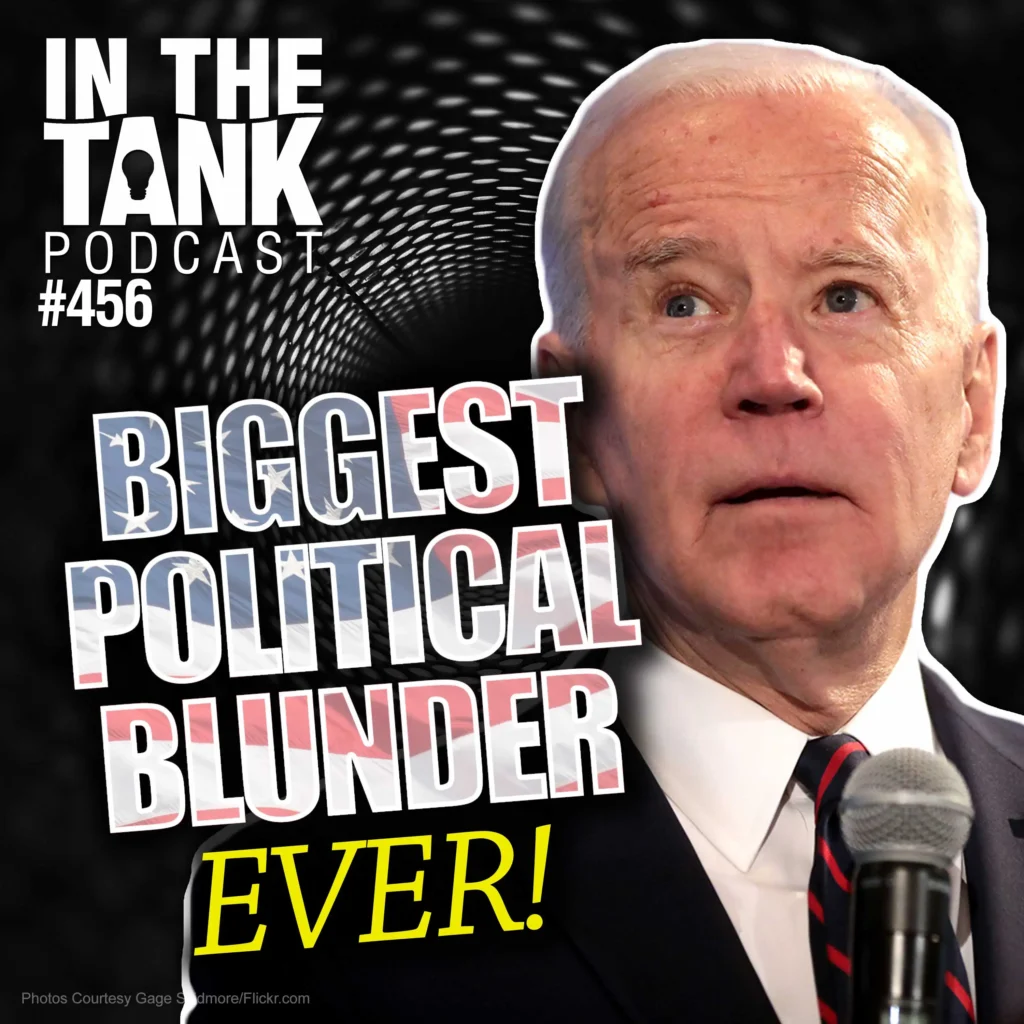In 1988 Attorney General Meese and I each had the remarkable experience of standing at and speaking from a lectern at the front of the main dais in The Great Hall of the People in Beijing.
We addressed 3,000 assembled lawyers, judges, and legal academics, half of them American and half of them Chinese, on themes of the rule of law, individual liberty, property rights, and the efficiency of free markets. Our messages were endorsed from that platform by Mr. Meese’s counterpart, the Chinese Minister of Justice, and by my counterpart, the Assistant Minister of Justice with whom I had worked for more than a year in organizing the conference.
For the next three days the 3,000 delegates met in smaller groups and workshops as we worked on various ideas about how to help China restructure its laws, build an independent judiciary, and establish law schools worthy of the name.
Among the Americans who took part in our conference in Beijing, by the way, were well-known legal figures of both American political parties, including, for example, Archibald Cox, who had been Solicitor General of the United States under President Kennedy and, later, the special Watergate prosecutor investigating President Nixon.
Delegates came from all over the United States. For example, from Chicago came United States District Judge Marvin Aspen and the then-Attorney General of Illinois, Neil F. Hartigan.
The Americans pulled no punches, at least with each other, and in one break-out session Mr. Cox and I got into an impromptu debate with each other over the wisdom and constitutionality of “independent prosecutors” in the United States. We got rather heated, but at the end of the discussion we made a point of shaking hands and embracing each other, to show that an important part of democracy and self-government involves being able to disagree strongly and yet respectfully.
We all worked hard to explain to our Chinese friends how such things as federalism, involving the over-lapping sovereignties and legal systems of state and national governments, work.
Most of the American delegates, by the way, recognizing the opportunities to gain real insights into China and to make history by helping China move away from its communist totalitarian past, traveled to the conference at their own expense.
At the end of the conference we were joined by Zhao Ziyang, the top office-holder in China — the General Secretary of the Communist Party — who had authorized the conference as part of his efforts to change China’s direction, in truth to “decommunize” it peacefully while continuing its economic development and its opening to America and the rest of the world. He thanked Mr. Meese and me for coming to China and he posed for a memorable group photograph (taken by a 360-degree panoramic camera) with all the delegates, Chinese and Americans alike.
The speeches by Mr. Meese and me were instantly translated by interpreters on the spot and televised nationally throughout China. In the following days as we walked streets in cities such as Beijing and Shanghai we were recognized by ordinary Chinese people who would throng around us and cheer us.
Reform was in the air in China and a path forward to freedom, free enterprise, and the rule of law was taking shape.
Yet change often comes slowly, particularly in a place such as China with its strong traditions of respect for the past and, indeed, authoritarian rule. Some people in China grew impatient with the pace of progress and with on-going problems of corruption and repression.
So it was that about a year after our conference enthusiastic advocates of reform, led by students, assembled in Tienanmen Square, the central plaza just outside The Great Hall of the People, to express that impatience. The rally quickly grew. It continued for days. It was soon echoed in town squares and city centers in hundreds of other places throughout the vastness of China.
Zhao Ziyang argued that the rallies were at least harmless and perhaps even helpful to his reform agenda, and he actually gave quiet encouragement to them. This horrified China’s hardline communists, who exploited the situation to wrest power from Zhao. A crackdown ensued that culminated in the bloody events of 35 years ago this week, in early June of 1989. We remember them as the Tienanmen Square massacre.
In its wake, in short order, Zhao Ziyang was bundled off into forced retirement; the Assistant Justice Minister with whom I had worked escaped into exile, eventually finding asylum in the United States; and the man who had invited us to China, Mr. Meese’s counterpart, the Justice Minister, disappeared from the face of the earth. We were later told he had been seized in his office, marched to the basement of the Justice Ministry’s building, and, as with countless others who had been taken there over the years for “interrogation”, shot in the back of his head.
Those events sent China down the path to where we are today, with Xi Jinpeng tightly controlling a newly aggressive Chinese totalitarian state, making slaves of Uighurs, encouraging the adventures of Russia and Iran, and threatening countries from Taiwan to the Philippines to Australia and even the U.S. itself.
In the years following Tiananmen Square, Western intelligence services and eventually scholars gained access to Chinese archives that included minutes of the internal deliberations of the Chinese leadership at the time of the events of Spring 1989. In 2001 Foreign Affairs published a digest of them organized by Andrew Nathan, a professor of political science at Columbia University. They recall those events in detail and offer remarkable insights into how the despots at the top of a closed, tyrannical system make decisions. You will find Professor Nathan’s compendium, “The Tiananmen Papers”, which you can read here.





